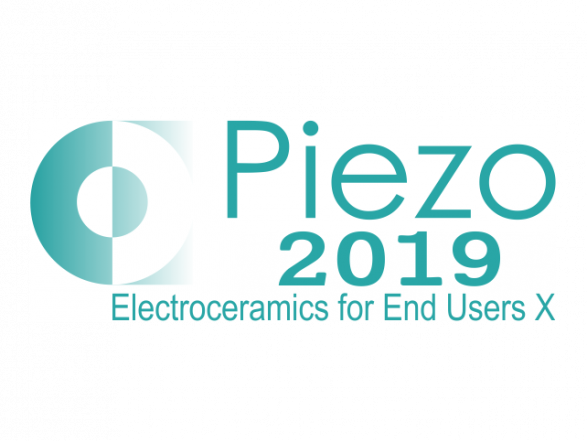On February 9, members of the European Photonics Industry Consortium (EPIC) and anyone interested in seeing how the scientists of ISSP UL work in their laboratories could take part in a virtual excursion at the institute. Participants of the tour were able to explore one of Europe’s photonics centers of excellence specializing in materials research and impressive work on adaptive optics.
During the tour, head of Spectroscopy Laboratory, Dr. Anatolijs Šarakovskis demonstrated equipment available at the laboratory and described its research directions. In turn, director Dr. Mārtiņš Rutkis answered questions of EPIC moderator Jose Pozo about Institute’s cooperation with industry and opportunities the ISSP UL could offer to other members of EPIC. After the active discussion, two prototypes created at the institute were demonstrated: New generation wavefront sensor and Thermoelectric radiation sensor.
The excursion was an hour long and was attended by around 50 participants from different countries and continents. Needless to say that such a tour in such a short time would not be possible, if it happened on-site.
European Photonics Industry Consortium (EPIC) is association with more than 600 members that promotes sustainable development for institutions and companies working in the field of photonics in Europe. ISSP UL is a member of the consortium since last year.
EPIC members encompass the entire value chain from LED lighting, photovoltaic solar energy, photonics integrated circuits, optical components, lasers, sensors, imaging, displays, projectors, optic fiber, and other photonic related technologies. Organization fosters a vibrant photonics ecosystem by maintaining a strong network and acting as a catalyst and facilitator for technological and commercial advancement. EPIC is the industry association with the largest network and maintains the European photonics database.
With its extensive network and experience, the Consortium operates to the benefit of its membership to support companies accelerate their growth and technological advancements, and reach out to emerging photonics markets.



